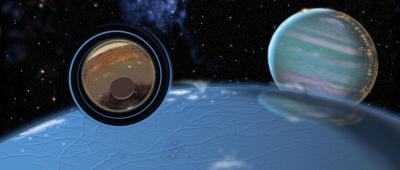|
Originally Posted by White Hot Flash

You meant 3, 4, and 8, right?
|
|
Originally Posted by Arcanaville

Samuel_Tow is the only poster that makes me want to punch him in the head more often when I'm agreeing with him than when I'm disagreeing with him.
|







